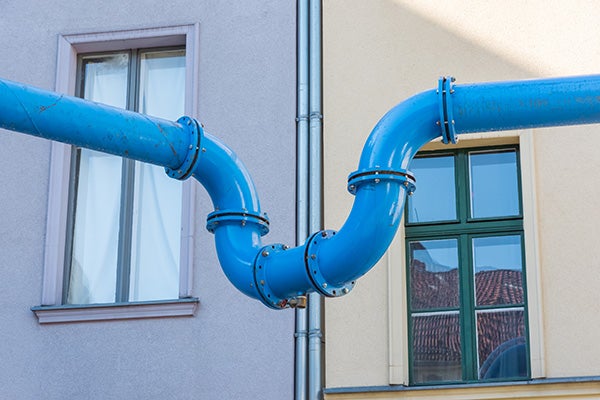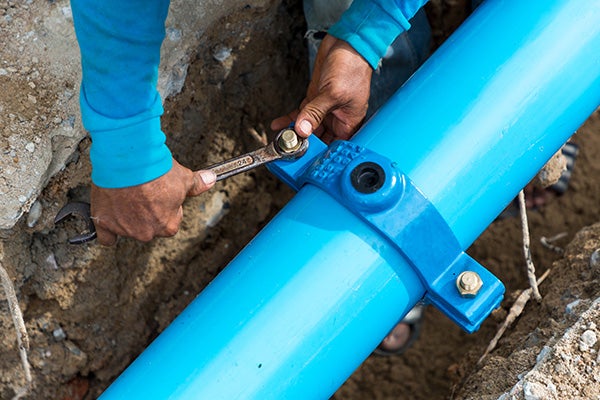Service Line Inventory
We’re developing a Service Line Inventory per the EPA’s Lead and Copper Rule (LCR). We’re excited to share key details to ensure you’re informed and assured about this initiative.

Pipe Material
Determining the material of your pipes can be difficult. This guide simplifies the process.

Inventory Map
Wondering what material the service lines in your home are made of? This map shows you the material for every home the Bedford Regional Water Authority has been able to determine up until this point. If the material for your home is still not determined on the map, Please take a moment to complete the survey, so your information can be updated.
Frequently Asked Questions
How does lead get into drinking water?
- Lead does not naturally occur in drinking water.
- Lead can enter drinking water when plumbing materials and fixtures that contain lead corrode.
- Lead can sometimes be found in the pipes that connect the home to the water main, also known as service lines.
- Among homes without lead service lines, the most common problem is with brass or chrome-plated brass faucets and plumbing with lead solder.
- Lead pipes are more likely found in cities and homes built before 1986.
What are the health concerns?
- The EPA has determined that lead can cause health problems if it accumulates in a person’s body over time.
- Developing fetuses, infants, and young children are especially vulnerable because the physical and behavioral impacts of lead occur at lower exposure levels in children than in adults.
- Lead is also harmful to adults and can lead to cardiovascular issues, decreased kidney function, and reproductive problems.
What is being done at a national level to protect human health?
- The EPA regulates lead through the Lead and Copper Rule.
- The Lead and Copper Rule requires water utilities to control the corrosivity (dissolving or wearing away of metal caused by a chemical reaction between water and plumbing) of the water they provide.
- The regulation also requires utilities to collect samples from sites containing lead plumbing materials.
- If more than 10 percent of water samples exceed 15 parts per billion, water utilities must adjust their treatment for corrosion control, educate the public about lead, and actions consumers can take to reduce exposure and replace lead service lines.
- 15 parts per billion is not a maximum contaminant level but rather an action level, meaning it’s a point at which a utility must act if reached.
What are you doing to protect our community from lead?
- We follow the EPA’s Lead and Copper Rule and regularly test our water sources to ensure that its quality meets or exceeds all EPA rules and regulations.
- We regularly test water within the distribution system.
- We analyze samples to determine lead and copper levels. Testing helps identify whether these contaminants exceed the action levels specified by the EPA.
- We maintain detailed records of monitoring results, corrosion control efforts, lead service line inventories, and other relevant data. This information is reported to regulatory agencies.
- We address concerns, gather input, and communicate plans and progress related to lead and copper control.
What can I do to reduce my risk?
- Before drinking, flush your home’s pipes by running the tap, taking a shower, doing laundry, or doing a load of dishes.
- Drinking, cooking, and making baby formula should all be done with cold water. Remember, boiling water does not remove lead from the water.
- Clean faucet screens regularly (also known as an aerator). If lead particles are caught in the aerator, lead can get into your drinking water.
- If you use a filter, choose a certified filter to remove lead. Using expired or incorrect cartridges can reduce the effectiveness of lead removal.
- We are required to monitor lead levels in drinking water. We routinely take water samples, and the results are published in our annual report.
Where can I learn more?
Please review our annual water quality report to learn more about your water quality.
If you are interested in learning more about water quality, here are a few suggested resources:




